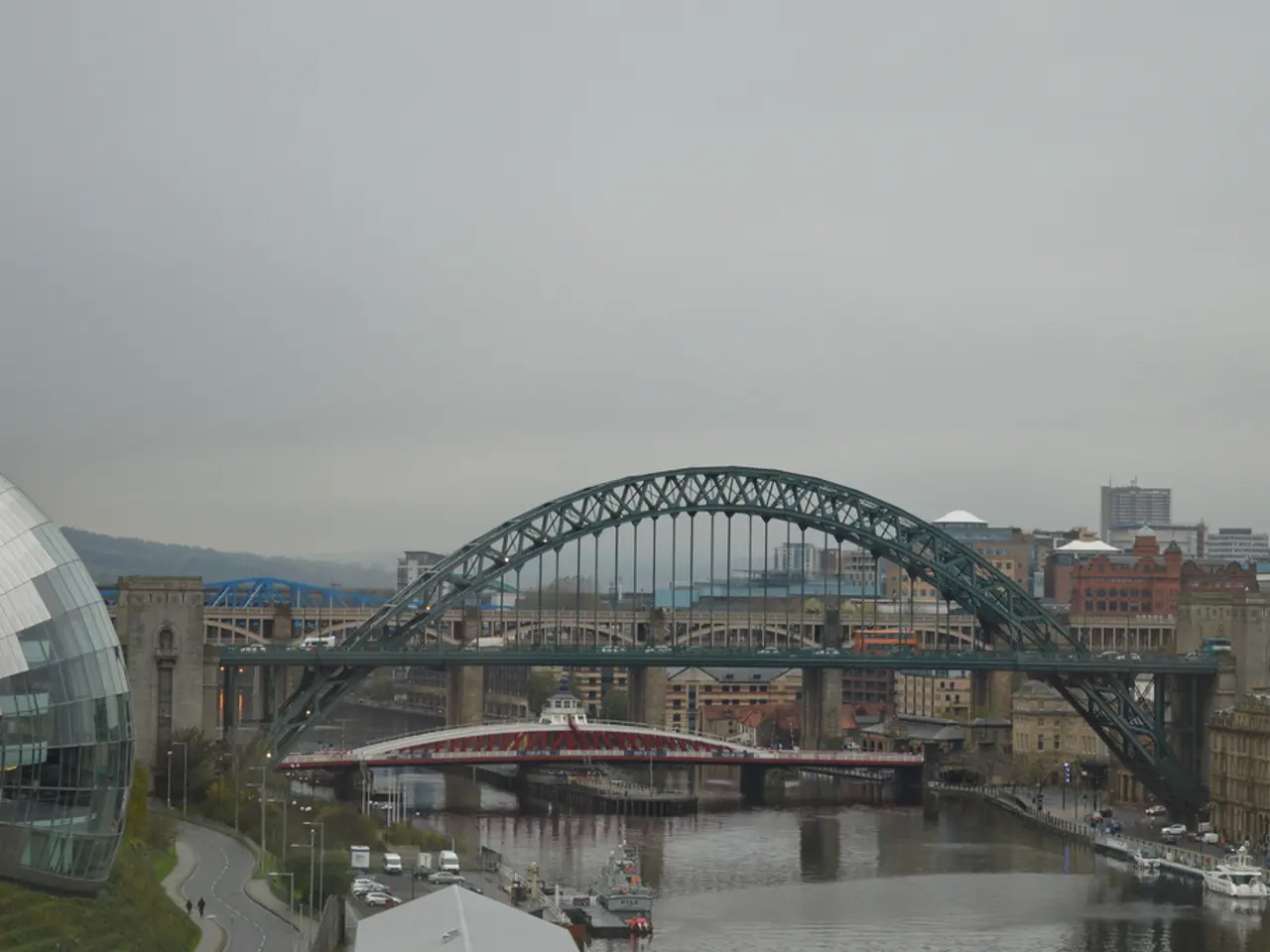Yakutsk is ranked among the top 20 cities globally for population expansion.
In the heart of the Sakha Republic (Yakutia), Yakutsk, the capital city, continues to show signs of growth and development, despite a recent drop in its ranking among Russia's largest cities.
As of 2025, Yakutsk's population stands at approximately 235,600[2][5]. This figure, while relatively stable, belies the city's potential for growth. Indigenous populations, such as the Sakha people, are increasingly making up a larger share of the city's population, reflecting a shift from the Russian population that has decreased since the Soviet collapse.
Yakutsk's harsh climate, remote location, and permafrost challenges have long been obstacles to growth. However, the city remains a focal point due to its administrative and economic centrality.
Two significant initiatives are driving Yakutsk's growth and development: the Lena Bridge project and the city's master plan.
The Lena Bridge, currently under construction, aims to improve connectivity across the Lena River, a historically limiting factor for transport and development in Yakutsk due to seasonal conditions. This bridge will significantly enhance year-round accessibility, potentially supporting population retention and economic growth. The exact demographic impacts are still emerging, but the bridge is expected to play a crucial role in Yakutsk's future.
Yakutsk's master plan focuses on developing urban infrastructure and addressing the challenges posed by permafrost, climate, and remoteness. Plans include expanding social, transport, and communication infrastructure, which aim to stabilise and possibly increase the city’s population by improving living conditions and economic opportunities.
Meanwhile, Grozny, another Russian city, has seen a significant population growth of 65,000 people, contributing to its rise in the ranking of the top 50 largest cities in Russia. This growth was primarily due to territorial expansion, a factor that does not appear to have been a significant contributor to Yakutsk's population growth.
Despite losing its position in the top 50 largest cities in Russia, Yakutsk remains a city with potential for reclaiming its position. The implementation of its master plan and the construction of the Lena Bridge will expand the city's borders, improve transportation accessibility, and further increase its population.
In conclusion, Yakutsk's population growth, while gradual, is a significant indicator of its economic stability and potential for future growth. The Lena Bridge and the city's master plan are crucial initiatives that will help Yakutsk overcome geographic and climatic constraints, enabling further growth and regional development over time.
The upcoming completion of the Lena Bridge and the implementation of Yakutsk's master plan, focusing on urban development and infrastructure expansion, could potentially boost the city's population growth in the upcoming years, causing a shift in the general-news landscape of the Sakha Republic. As these initiatives progress, politics surrounding Yakutsk's growth and development may gain more attention in the realm of general-news, with a focus on how the city's potential growth impacts the region as a whole.







